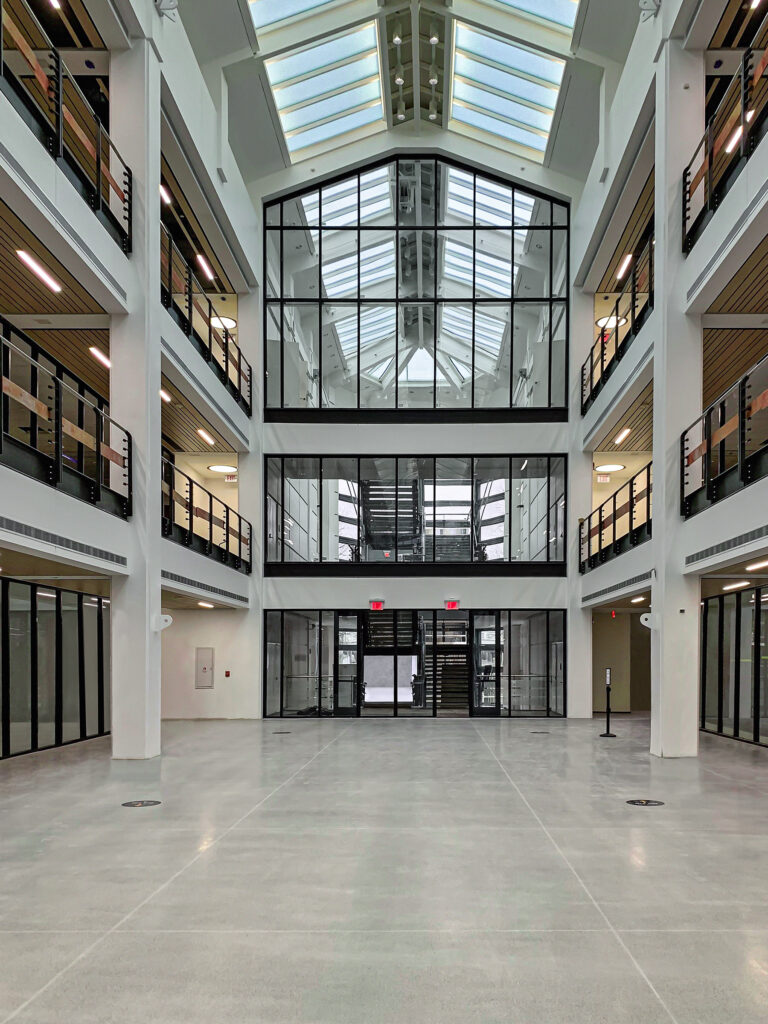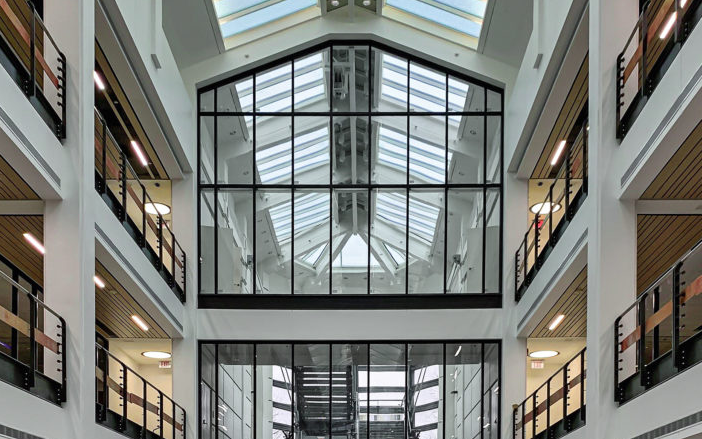Top 5 Fire Rated Glass Code Mistakes


Today’s selection of advanced fire rated glazing products that outperform wired glass and ceramics have allowed architects to use glazing like never before. However, the myriad of new products and applications, coupled with evolving building codes have also created a lot of confusion. This confusion can lead to costly mistakes, exposure to liabilities and a decrease in safety.
Taking the necessary steps to ensure that the fire-rated glazing that you specify meets code is a must to avoid serious repercussions. But how do you know where to start or what to look out for in the first place? In these instances, it is best to consider some of the most common issues that occur and find preventative measures against them.
Regardless of the type of facility you own or manage—whether it’s a school, hospital, or commercial building, your organization could be held liable for these accidents as the materials used are wired within your property. Because of these risk factors, it is best to do your due diligence to ensure that these mistakes are avoided.
Top 5 Fire Rated Glass Code Mistakes
1. The fire protective glazing used in the vision panel is too large.
When it comes to 60 and 90 minute fire-rated temperature rise doors, the wired glass, ceramics, and other protective glazings should not exceed 100 square inches. To exceed the 100 square inch vision panel limitation, fire resistive glazing tested to ASTM E-119/UL 263 like SuperLite II-XL 60 and SuperLite II-XL 90 must be used.
2. Unsafe wired glass is placed in a hazardous location.
Today, the IBC does not allow the use of traditional wired glass in locations such as doors, sidelites, and other hazardous locations. This is because traditional wired glass does not meet the CPSC 16 CFR 1201 safety glazing standard.
3. Hollow metal framing is used instead of fire-resistive framing for fire resistive applications.
Using hollow metal framing with ASTM E-119/UL 263 fire resistive glazing lowers the entire assembly rating to fire protective. When this mistake occurs, the entire assembly fails to meet the resistive standard for the application. To avoid this, you should ensure that the tested and listed performance capabilities of the frame match the glazing.
4. Sidelites and transoms are rated differently from the door.
In some instances, the sidelites and transoms are rated differently from the door, which can be confusing. For example, sidelites and transoms that are on a 20-minute fire door in a 1-hour exit should have a 45-minute fire rating with a hose stream.
For 90-minute temperature rise doors, the sidelites and transoms are rated to 120 minutes (which is equal to the rating of the wall) and must meet ASTM E-119/UL 263 fire-resistive requirements.
5. The fire-protective glass takes up more than 25% of the 1-hour corridor.
A 45-minute fire protective window that is limited to 25% of the wall area is allowed to be placed in a 1-hour exit corridor. When exceeding 25%, 1-hour fire-resistive glazing (which is equal to the wall rating) should be used to meet the code requirements.
Priority over penalties
As tedious as it may be to get your fire-rated glass up to code, it is an essential part of establishing a safe environment in your building. Not only do you avoid having to pay expensive fees for penalties but also avoid major losses from fire incidents such as injuries and death.
Partnering with a reliable manufacturer is one of the best ways you can ensure that you avoid fire-rated glass mistakes and instead get your fire-rated glass according to standards. With SAFTI FIRST, you can improve your building’s fire safety without needing to compromise the aesthetic and sustainability of your designs—giving you the best of both worlds. For more information about our fire-rated solutions, contact us today.